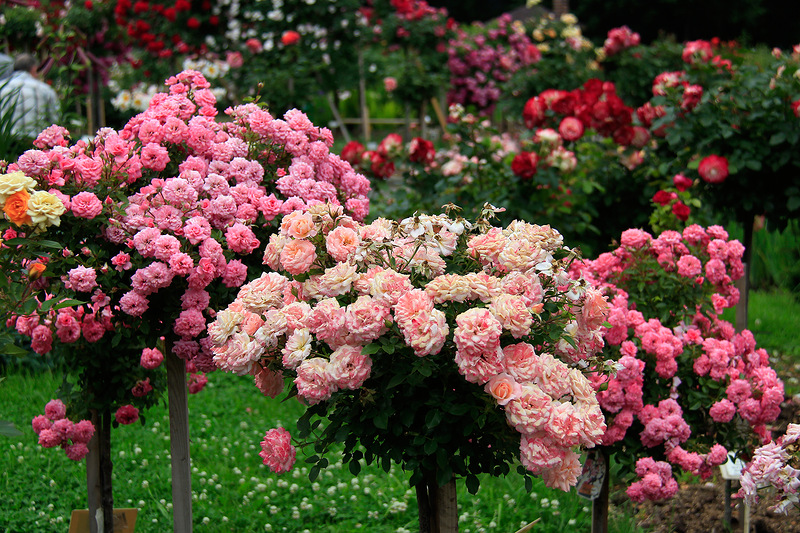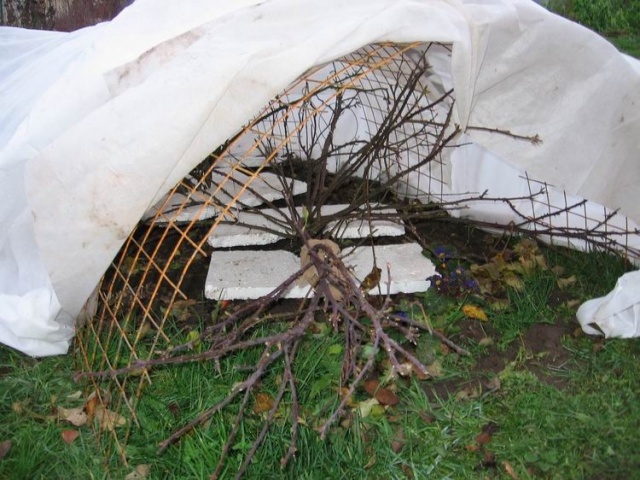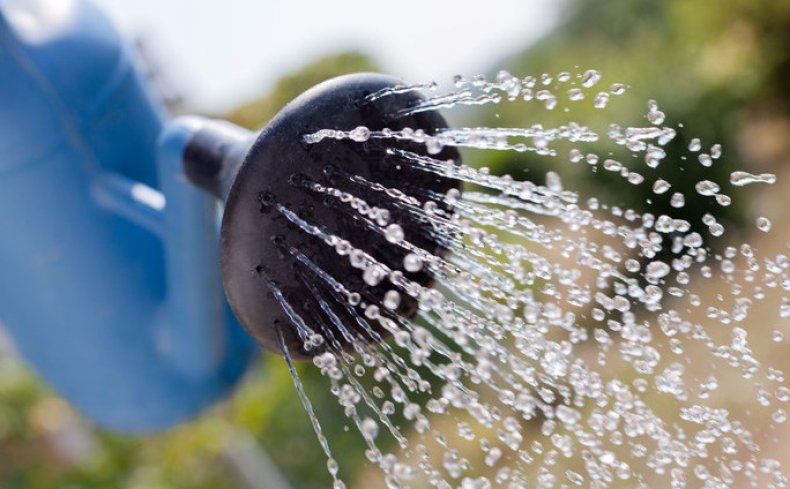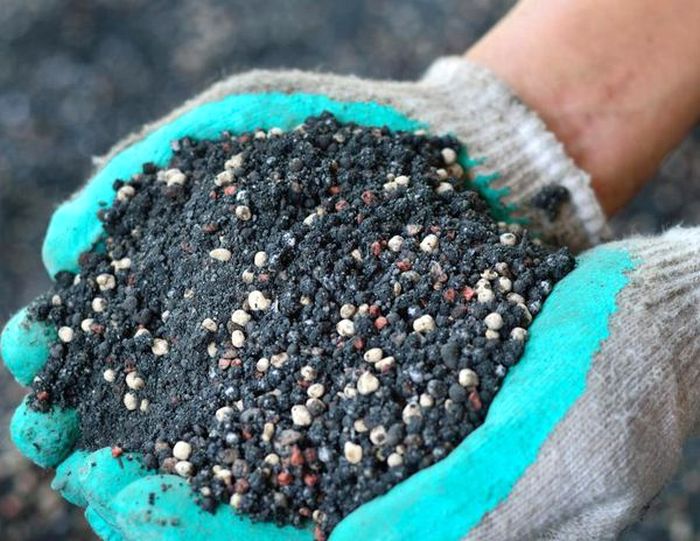Content:
Standard roses can be a decoration even for a miniature garden. A bouquet of flowers with a thin leg will be a wonderful gift that will not leave anyone indifferent. There is a legend that 3 centuries ago, a gardener who served the king created this look for the ladies of the court, who at that time wore breathtaking dresses with puffy trains and many skirts. Thanks to the tall and thin leg, women could enjoy the scent of roses without bending over or squatting. From the article, the reader learns what standard roses are, planting and caring for which requires certain knowledge.
Stamp roses - what is this plant
The stem (with it.) Means "trunk". Botanists use this word to refer to a part of a plant from the neck of the roots to the first row of branches. Therefore, these roses are more likely to grow as a tree than a bush. This is an entirely man-made miracle, because this kind cannot be found in nature - it was created by man.
For breeders, this is a real treasure, because the number of neighbors on one trunk can be 2, or even 3. Do-it-yourself rose on a trunk is not difficult, given all the nuances.
Cultivation and care in the open field
Roses are planted in spring, but the period is adjusted depending on the weather conditions of the climatic zone. In warm areas, flowers can be planted in March, and in cold areas only in May.
When choosing seedlings, the main criterion should be its root system. It is usually distinguished by its long life, resistance to winter, various pests and diseases. Due to the fact that the species does not tolerate moisture loss well, it is better to choose seedlings in pots.
At first glance, it may seem that caring for such a rose can be difficult, but it is not. If you follow the advice of experienced gardeners, planting and growing will not bring much trouble.
It is important to pay close attention to the following recommendations:
- It is better to mulch the land around the bush with manure (ripe) or sawdust. This will protect the soil from excess and loss of moisture.
- Frequency of watering should be observed. It must be carried out in the holes near the trunk.
- It is necessary to loosen the soil periodically, while trying not to harm the root system, which is located close to the surface.
- In the spring, the plants are pruned. When pruned at the right time, the bush heals, a beautiful compact crown is formed, the shoots are strengthened, and the flowering becomes even more abundant. The procedure is carried out with a well-sharpened secateurs 5 mm above the already developed buds. Sections are treated with garden pitch.
- The stems are very thin and can break under the pressure of flowers and branches, so they need to be tied up.
- In order not to damage the stems, you need to cover them from the weather with extreme caution: the trunk should first be dug in and bent to the ground, laying it on the spruce branches. Then the crown of the bush is covered with a layer of spruce branches, and on top with a film. Sprinkle soil over the base of the bush and roots. Under such a shelter, roses are kept until the cold passes.
Grafting a rose on a stem
Not many gardeners know how to plant a rose on a stem on their own. To do this, it is worth studying the sequence of actions and step-by-step instructions.
You can plant roses using one of several methods. Some are suitable for spring, others for summer or winter. The simplest variant of vaccination is called budding (grafting from the kidney). It gives the best result. A suitable period for grafting with an eye (bud) is called the last days of July - the first ten days of August.
First, you need to prepare cuttings for budding. For this, a shoot with good buds and no flowers is cut. The top is removed from it and cuttings are harvested from the stiff middle part of the shoots. To prevent drying out, they are wrapped in a wet cloth or film. In dry weather, a week before the procedure, the rosehip should be watered abundantly.
The very process of grafting standard roses with a kidney proceeds according to the following scheme:
- Slightly moving away from the edge of the apex of the rosehip (stock), make an incision in the shape of the letter "T". To begin with, you need to make it horizontally with a length of 1 cm, and then draw a vertical 2 cm long from the bottom up. At the intersection of 2 cuts, the bark is slightly turned to the sides.
- On the handle, you need to select a well-formed kidney and cut it off along with a thin layer of bark to make a shield. With a bone from the budding knife, unscrew part of the bark and put a shield. To be on the safe side, you need to inoculate on both sides of the stem, choosing the buds at different heights 3-4 cm apart.
- The grafted kidneys need to be tied. To do this, use polyethylene or insulating tape (sticky side up), PVC film or even medical bandages. The strapping is done from top to bottom, circling the kidney. The strapping ends just below the level of the end of the vertical notch, and the edge of the tape must be brought under the last turn.
- Vaccinations can be checked after 2 weeks. In the case when the kidneys become black or dry, then the operation will need to be performed again, but already lower along the trunk. If the time for successful vaccination has already passed, and the result from the procedure remains negative, then it is better to repeat the manipulations in a year. Indicators that all actions were performed correctly, a green bud and an easily falling leaf will appear in a timely manner. Then we can safely assume that budding was successful, and the scion grows well with the stock.
With this technique of grafting plants, you can not only create stems, but even turn rose hips into noble roses. Only need to be grafted in the root neck. As soon as the grafted buds begin to take root, the rose hips are cut off. At the end of the season, rose shoots will grow from the buds, which will perfectly survive the winter.
Grafted standard rose: how to care
After grafting, any plant needs care and supervision, and standard roses require double attention. When creating one of several plants - from a wild rosehip and a real varietal rose, every gardener should be aware that it will take some time for them to grow together.
Pruning and pinching roses on a trunk
After a month, you can already remove the harness. The shoots formed by this time from the grafted buds must be pinched. In this case, do not spare the first buds, they still need to be removed. When the second half of October comes, they carry out strong pruning of the shoots, and the trunks are bent to the ground, preparing for frost. Vaccination sites will need to be given special attention, covering them with spruce branches or boards on both sides. Then a 15-20 cm layer of earth is poured on top.
As soon as the soil thaws in the spring and the earth dries up, the bushes are dug up and straightened. When the buds are nailed, the roses can be placed vertically. After wintering, the vaccination sites should be carefully checked, then the branches above them should be cut off, leaving no more than 1 cm.Wrap the slices with garden pitch. Shoots that emerged from grafted buds need to be pinched above the 3-5 leaf level or when buds appear. The pinching is carried out until a branched crown is obtained. Rosehip shoots in the area of the root collar will need to be removed throughout the summer.
Additional support for the standard rose
In the first half of summer, there is no need to tie roses, since weak grafts that have not yet grown together can easily break from gusty winds. But in the second half, the support is already very necessary, since the developed crown will lean down under its own weight.
The height of the support should not reach 5 cm to the lower branches of the grafted roses. The stem of the plant is tied to a stake in 2 places with a figure eight, using a soft twine. Next, the near-stem circle is covered with 3-5 cm of peat or humus.
Top dressing and watering roses on a stem
Starting from early spring, every 10 days the standard rose needs fertilizing with complex mineral fertilizers. They are sprinkled with trunks at the rate of 30-50 g per 1 m² of soil. It is allowed to alternate them with liquid organic matter, such as diluted 1/8 cow dung or chicken manure in a ratio of 1:20. One bush requires no more than 0.5 buckets of organic feeding. After fertilization, the soil is leveled and loosened.
Starting from the end of July, it will be necessary to make exclusively phosphorus-potassium supplements. They are used to help the shoots withstand the winter better. This requires 35-45 g of fertilizer per 1 m² of soil. Between fertilizing, the plants need to be watered, pouring at least 10 liters per plant.
Preparing for winter
In October, after the first cold weather, roses are already beginning to prepare for winter: they dig in the soil around the plant, freeing the root neck. Then, taking the bush by the trunk, it is carefully laid on its side, on a prepared litter of coniferous plants. The top of the rose is covered with fallen leaves, raspberries and paper with a film in several layers. The tree at the base will need to be covered with peat, humus or just earth.
Disease and pest control
Standard roses are subject to all the same negative influences as ordinary ones. They can get sick with rust, gray mold, powdery mildew, spotting, and that's not all. Therefore, it is necessary to regularly carry out preventive measures by spraying the plants with special agents.
Frequent garden pests, such as aphids, scale insects, spider mites, beetles and thrips, are also partial to these graceful roses and can greatly harm them. These uninvited guests can be driven out with the help of special preparations spark, actellic, intavir or neoron.
Application in landscape design
In the design of gardens and lawns, there are quite a few opportunities for using standard roses. These can be stairs, walls, vertical supports, and flower beds, flower beds, robots and recreation areas.
- Rose trees can be planted like soloists in the center of the lawn, and small ground cover plants can be used around.
- The effect of a waterfall of flowers can be achieved by planting weeping forms of standard roses.
- For a large garden, it is possible to create an entire alley of rose trees.
Even a beginner can grow beautiful standard roses in their garden, following the recommendations of more experienced gardeners. These lush trees will adorn gardens for years with proper care. Standard roses, planting and caring for which in the open field require certain knowledge - it is not difficult if you master the process of creating this type of bushes.There are many options for combining other plants, thanks to which you can create a fabulous atmosphere in the garden and become the creator of these wonderful flowers on a thin leg.


















